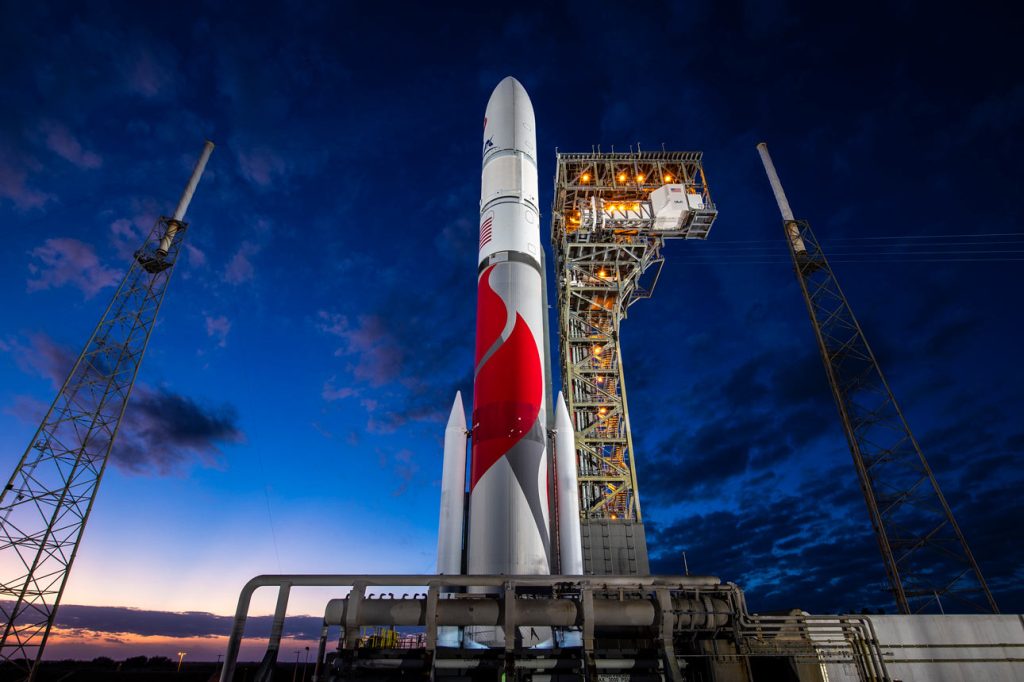The United States, which carried out manned missions to the Moon in the late 1960s, is set to return to the lunar surface via a lander named Peregrine.

The Vulcan Centaur rocket (a heavy-lift rocket by United Launch Alliance) carrying the Peregrine lunar lander launched successfully on its inaugural flight on January 8, 2024, at 2:18 a.m. EST from Cape Canaveral Space Force Station in Florida.
The launch was smooth, with the Vulcan Centaur’s two BE-4 engines and two solid rocket boosters powering the rocket. After about two minutes, the rocket separated from its first stage and continued on to its upper-stage burn. The Centaur upper stage then successfully deployed the Peregrine lunar lander into orbit.
The Peregrine lander is now on its way to the Moon, where it will attempt to land in Lacus Mortuis, a region near the lunar equator. The landing is expected to take place on February 4, 2024.
The Vulcan Centaur rocket is designed to be more powerful and efficient than its predecessors, and it is expected to play a major role in future space missions, including NASA’s Artemis program, which intends to return humans to the Moon.